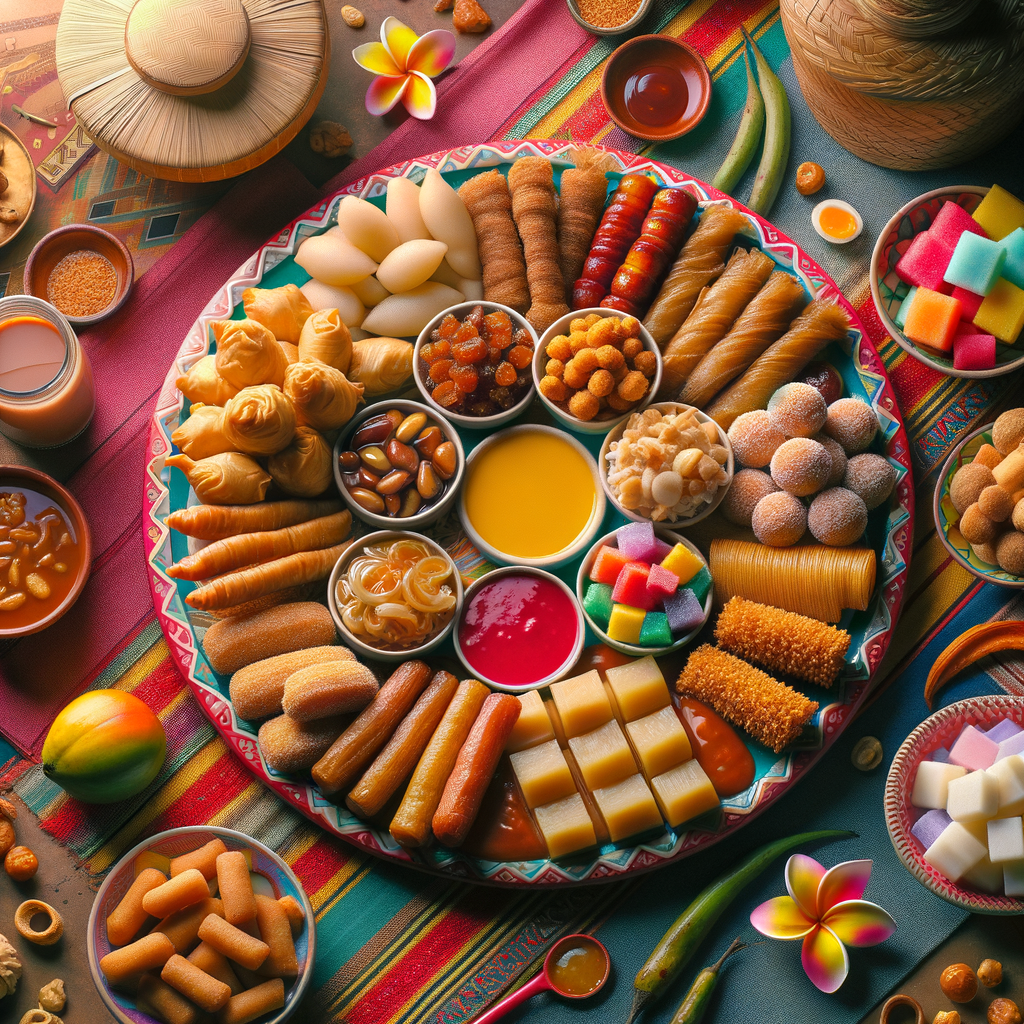Discover 10 irresistible Filipino snacks you must try today! From traditional treats to modern delights, explore the best Filipino snacks online.
FilipinoSnacks Journal – Your Daily Dose of Filipino Snacks & Culture
FilipinoSnacks Journal is your go-to guide for everything about Filipino snacks — from classic street treats to trending modern flavors. Whether you're a fan of banana chips, polvoron, chicharon, or modern snack brands like Oishi and Piattos, we cover it all.

